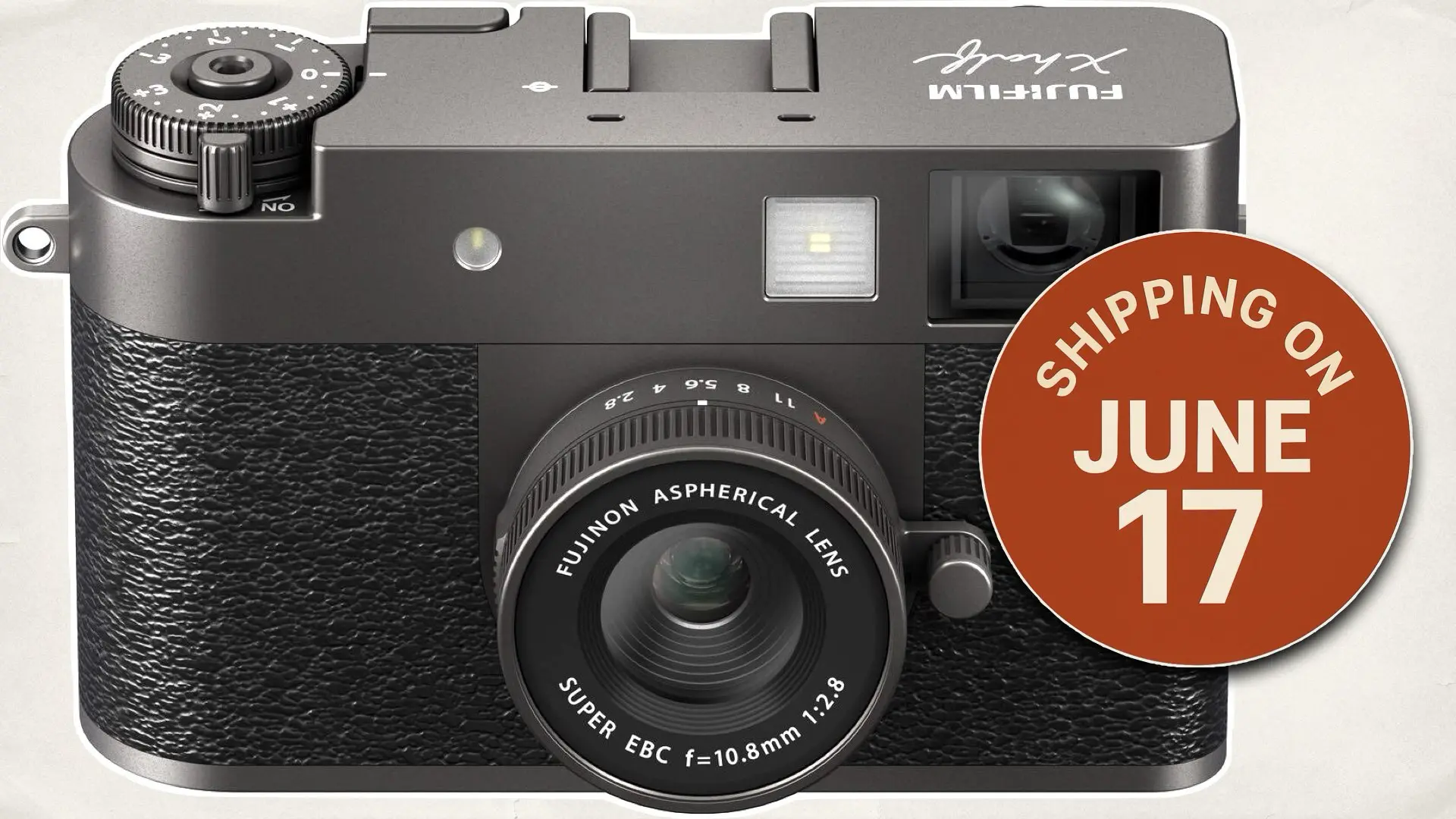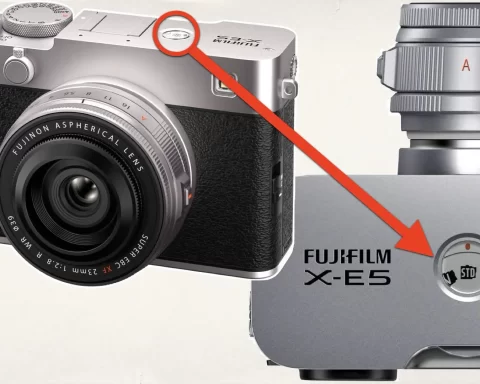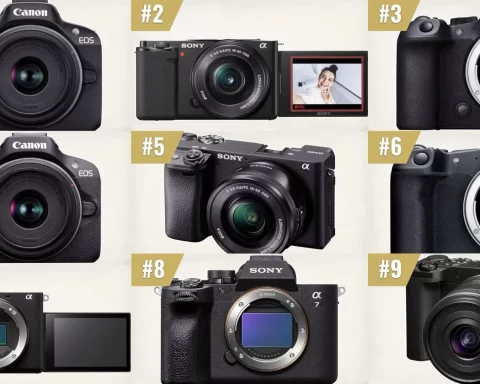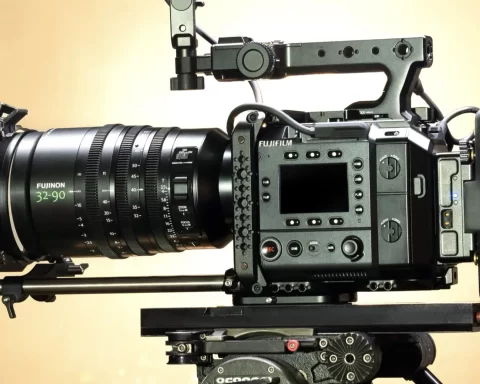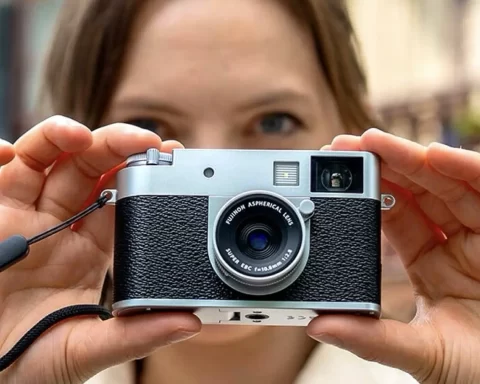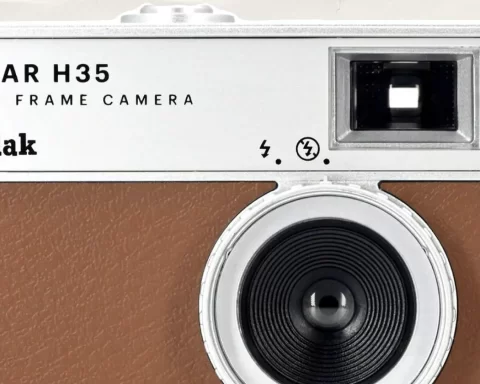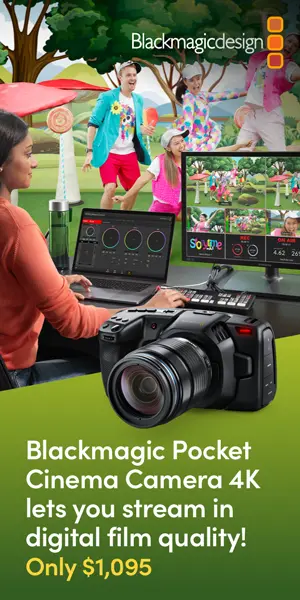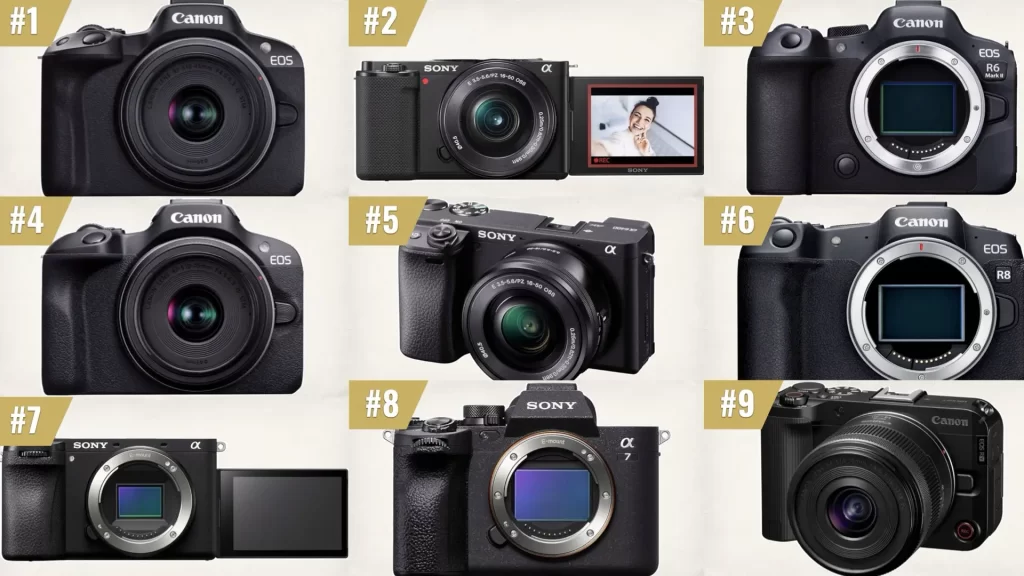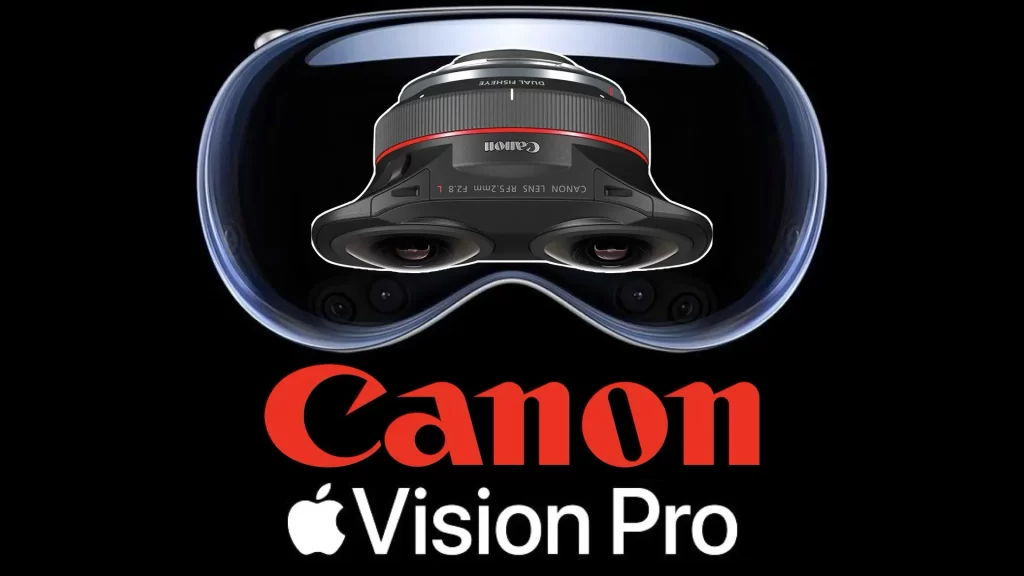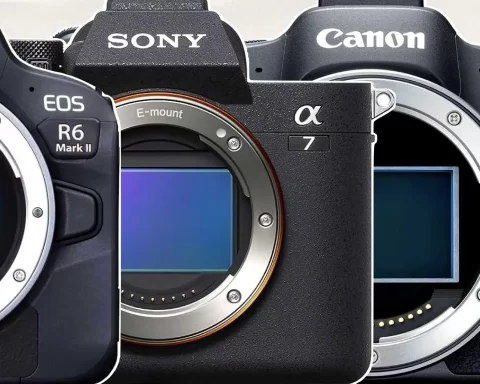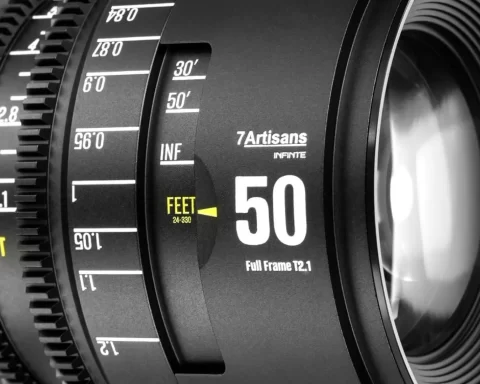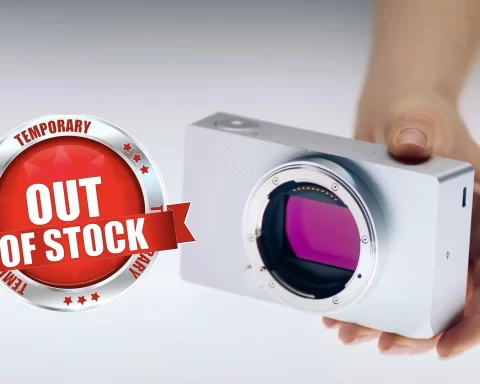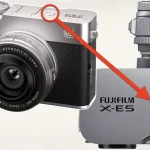The announcement that major retailers will begin shipping the Fujifilm X Half on Tuesday, June 17, has ignited fresh conversation around what this unconventional camera brings to the market—and whom it really serves. First introduced in late May, the X Half has been positioned as a niche device that bucks the trend of ever-larger sensors and ever-more complex feature sets. Now that a firm ship date is on the horizon, it’s worth taking a closer look at what makes the X Half distinctive—and why Fujifilm believes “not for everyone” is precisely the point.

Shipping Confirmation: What We’re Hearing
Several prominent online camera stores, including Adorama and B&H Photo, have quietly updated their listings to show “in stock” with an estimated ship date of June 17. While Fujifilm itself has remained tight-lipped on an exact timetable, these retail signals have historically proven reliable—especially when multiple outlets converge on the same date. Enthusiasts who pre-ordered through various channels should soon see tracking numbers rolling in, making this one of the speediest launches in Fujifilm’s recent memory.
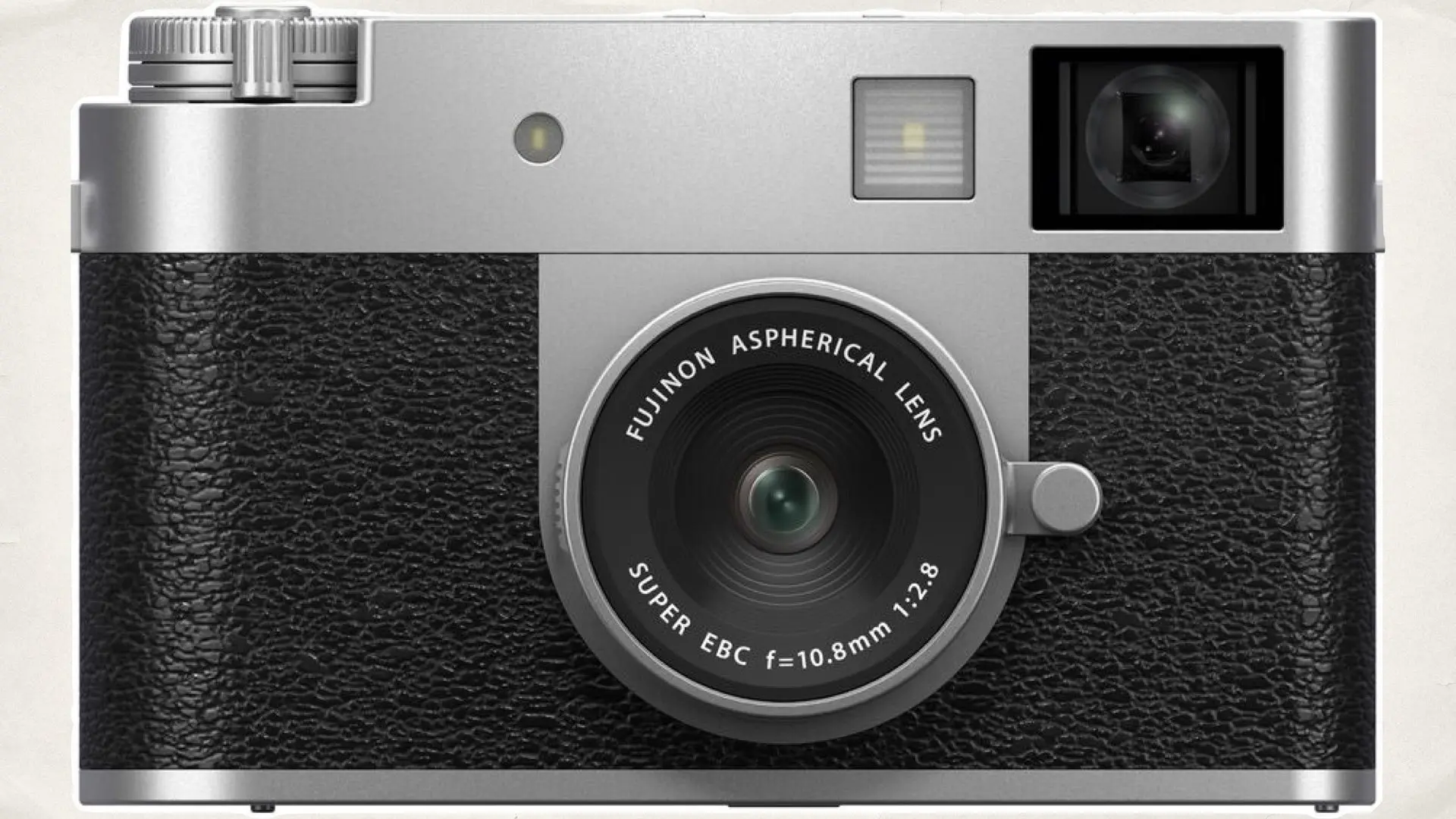
A Quick Refresher: Core Features
For those just tuning in, the X Half eschews the APS-C sensor size that dominates Fujifilm’s X-series. Instead, it opts for a compact “half-frame” sensor roughly equivalent to a crop factor of 1.75×. That means:
-
Form Factor: A body that’s notably smaller and lighter than the X-T5 or X-H2 series, slipping easily into a jacket pocket or small bag.
-
Simplified Controls: A pared-down interface centered around three programmable dials and a single control wheel—no dedicated ISO dial, no complex AF menus.
-
Image Quality: While the half-frame sensor naturally yields less resolution and dynamic range compared to APS-C, early hands-on reports praise its “film-like” color rendition and surprisingly clean high-ISO performance.
All of this was covered in detail when Fujifilm first unveiled the design philosophy behind the camera. You can revisit that discussion in our earlier piece, Fujifilm X Half Introduced: Not for Everyone, But That’s the Point, which argued that by limiting specs, Fujifilm aimed to free photographers from “option paralysis” and let them focus on composition and mood.
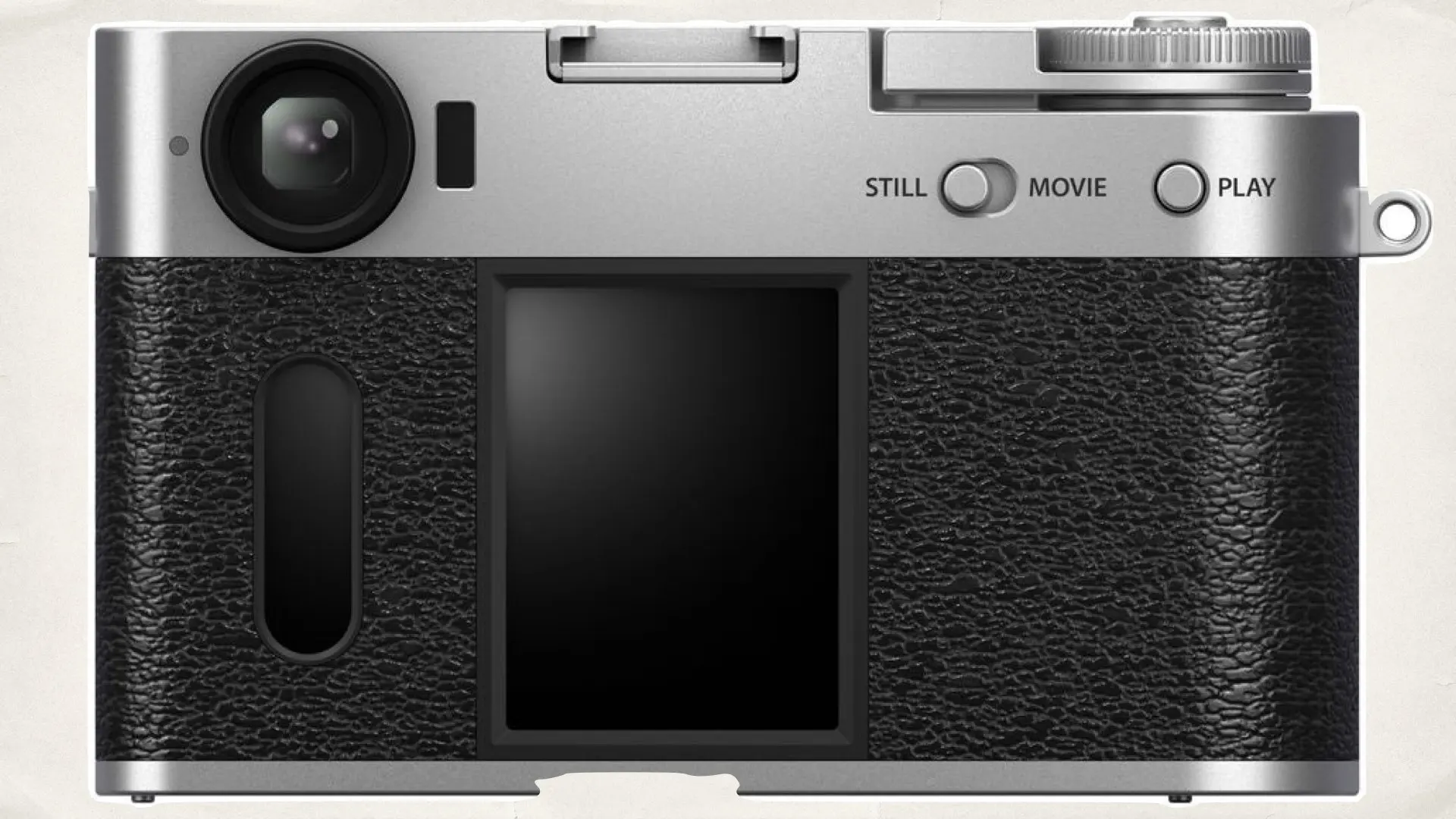
Who Is the X Half For?
The “not for everyone” tagline isn’t mere marketing hyperbole. Rather, it captures Fujifilm’s intent to target:
-
Street Photographers seeking discretion. The X Half’s diminutive profile and near-silent leaf shutter make it a compelling companion for candid work in urban settings.
-
Film-Style Shooters enamored with Fujifilm’s signature color science, who want a true departure from high-resolution, clinical digital output.
-
Travelers prioritizing light packing. Its sub-300 gram weight (body only) means you can carry interchangeable-lens flexibility without bulk.
However, those who demand the highest possible sharpness, ultimate low-light prowess, or exhaustive video features may find the X Half’s compromises too steep. It deliberately avoids 4K video, high-speed burst modes, and advanced autofocus tracking—features that, in Fujifilm’s view, often go unused by photographers who primarily shoot for personal expression rather than commercial deadlines.

Potential Drawbacks and Trade-Offs
Even as the community buzz builds around next-week’s shipments, it’s important to remain realistic about what the X Half can and cannot do:
-
Resolution Limits: The 18MP 1″ Vertical 3:4 CMOS Sensor delivers respectable detail, but it won’t rival the 40 MP and above found in Fujifilm’s flagship bodies for large prints or heavy cropping.
-
Low-Light Boundaries: The native ISO range tops out around 12,800, with noticeable noise beyond ISO 6,400. For many users this remains perfectly acceptable, but night-scape or astro shooters may look elsewhere.
-
Lens Ecosystem: While the X-mount offers a wide range of lenses, some of the largest f/1.2 and f/1.4 primes are physically disproportionate on the small body—offsetting some of the X Half’s size advantage.
Ultimately, these trade-offs are intentional. By dialing back on headline specs, Fujifilm hopes to create a camera that feels more tactile, more focused, and—paradoxically—more creatively liberating.

How It Fits into Fujifilm’s Lineup
Positioned below the X-T5 and X-H2 S in both price and performance, the X Half reaffirms Fujifilm’s willingness to cater to diverse shooter personas. It doesn’t replace any existing model; rather, it sits alongside them as a “fun” alternative. For users who already own one of Fujifilm’s APS-C workhorses, the X Half may serve as a secondary body—used specifically for projects where portability and simplicity outweigh technical prowess.
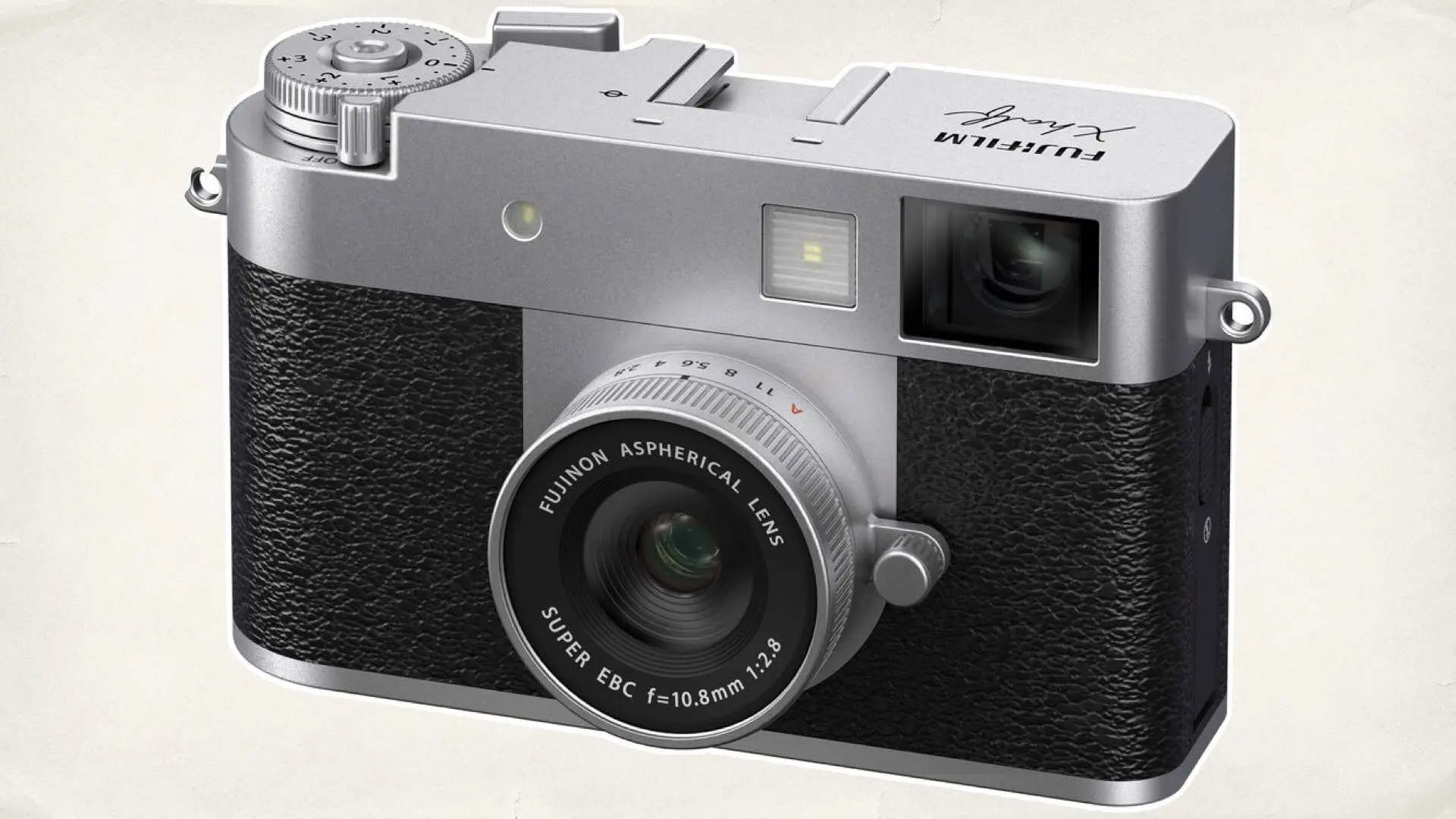
Final Thoughts: A Camera for the Curious
As June 17 draws near, excitement—and a little trepidation—will build among those who’ve been waiting patiently since pre-order day. The Fujifilm X Half isn’t a blockbuster release designed to shatter sales records. Instead, it’s a statement of purpose: that sometimes, less is truly more. If you approach the X Half with an open mind—willing to embrace its constraints and savor its unique character—you may discover a new way of seeing. And in a world where camera specs can feel like a never-ending arms race, that’s a refreshing proposition indeed.
Here are the featured products and where you can buy them:

